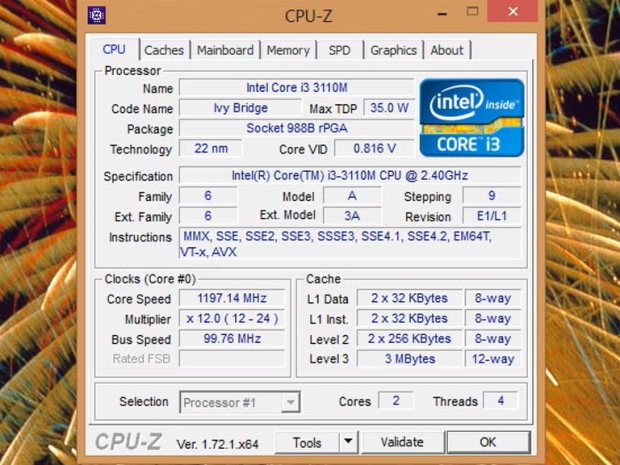With AMD and Nvidia flinging silicon out at speed and manufacturers tinkering with everything from budget laptops to AI laptops and gaming handhelds, the update for the tool that detects the central processing unit, RAM, motherboard chipset, and other hardware features and provides detailed information about the computer's key components was overdue.
At the graphics end, the new Radeon RX 9060 XT makes its debut in the CPU-Z database. This RDNA 4 card is based on Navi 44 and is aimed at the mid-range crowd, with 8GB or 16GB VRAM options depending on how much pain you want in your wallet. It's part of AMD’s push to get RDNA 4 into the mainstream, with power efficiency and AI performance getting the usual marketing fanfare.
Nvidia’s additions include both the RTX 5060 and RTX 5060 Ti, which haven’t exactly had a smooth launch, with various models trickling out in the retail space. CPU-Z now identifies both, along with the just-launched RTX 5050, which has already been spotted on multiple Newegg listings without a single unit in stock, as is tradition.
On the processor side, the Ryzen Z2 and Z2 Extreme APUs are now officially recognised. These are AMD’s latest attempt to dominate the handheld gaming sector, shipping with up to eight Zen 5 cores and 16 threads. Expect them to turn up in Steam Deck clones and Windows handhelds that sound like rejected Marvel villains.
The update includes the Dragon Range Ryzen 8000HX series, which is still based on the older Zen 4 architecture but is aimed at high-end gaming and creator laptops. While Zen 5 gets all the attention, Zen 4 continues to prop up AMD’s mobile strategy until OEMs catch up with platform changes.
Krackan Point processors, part of AMD’s Zen 5 Ryzen AI series, are now also in the mix. CPU-Z now detects the Ryzen AI 7 350 and Ryzen AI 5 340, both aimed at lightweight laptops that need AI branding slapped on the box. These chips pack eight and six Zen 5 cores respectively and are already starting to show up in budget thin-and-light designs.
CPU-Z 2.16 adds support for Zhaoxin’s KaiXian CPUs. These include the KX-U6780A and KX-U6580, and while you’re unlikely to see one outside of a Chinese enterprise deployment, it’s an interesting nod to China’s attempts to stand up its own x86 architecture.
With AI, handheld gaming, and budget laptops all creating weird new corners of the silicon market, CPU-Z has its work cut out keeping pace. At least now, if you plug in a new board and see something odd pop up, there’s a better chance CPU-Z will know what it is.




